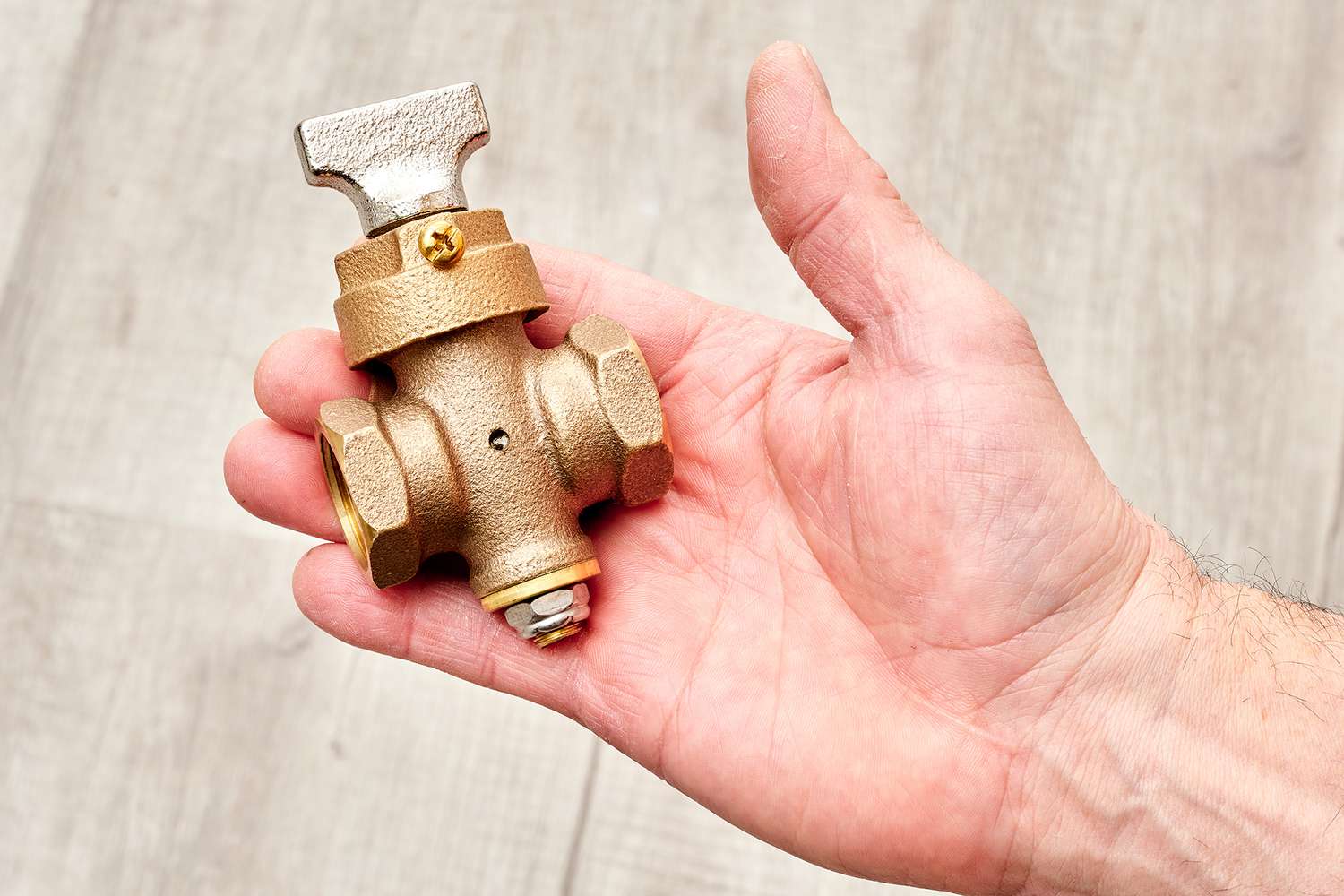

Articles
What Is A Stop Valve In Plumbing
Modified: January 8, 2024
Learn about stop valves in plumbing with this informative article. Discover their importance and how they function in controlling water flow.
(Many of the links in this article redirect to a specific reviewed product. Your purchase of these products through affiliate links helps to generate commission for Storables.com, at no extra cost. Learn more)
Introduction
In the world of plumbing, there are many different components and fixtures that work together to ensure the smooth and efficient flow of water. One such important component is the stop valve, which plays a crucial role in controlling the flow of water through pipes.
A stop valve, also known as an isolation valve or shutoff valve, is a device that allows you to stop or regulate the flow of water in a plumbing system. This valve is typically installed at strategic points along the pipe, such as near fixtures or appliances, to provide easy access for maintenance or emergency situations.
Stop valves come in various types, each with its unique design and functionality. Understanding the different types of stop valves is essential for homeowners, plumbers, and even DIY enthusiasts, as it enables them to identify and select the most suitable valve for their specific needs.
In this article, we will explore the different types of stop valves commonly used in plumbing systems, their installation methods, and how to properly maintain them.
So, whether you’re a homeowner looking to understand how stop valves work or a plumber seeking a refresher on the different types, this article is here to provide you with all the necessary information. Let’s dive in!
Key Takeaways:
- Understanding the different types of stop valves, such as gate valves, ball valves, globe valves, and angle valves, is crucial for homeowners and plumbers to ensure proper flow control and performance in plumbing systems.
- Proper installation and regular maintenance of stop valves, including inspection, cleaning, lubrication, and testing, are essential for preventing common issues like leaks, corrosion, and blockages, ensuring the efficient and reliable operation of plumbing systems.
Read more: What Is A Check Valve In Plumbing
What Is a Stop Valve?
A stop valve, also referred to as an isolation valve or shutoff valve, is a crucial component in plumbing systems. Its main function is to control the flow of water within the pipes and allow for the isolation of specific sections of the plumbing system.
Stop valves are typically installed in key areas of the plumbing system, such as near fixtures, appliances, or where the main water supply enters a building. They provide a convenient and efficient way to stop the flow of water for maintenance, repairs, or in case of emergencies.
These valves work by utilizing a mechanism that allows them to open or close. When the valve is open, water flows freely through the pipes, and when it is closed, the flow is stopped or restricted. This control over the water flow makes stop valves an indispensable part of any plumbing system.
Stop valves come in various types, including gate valves, ball valves, globe valves, and angle valves. Each type of valve has its unique design and operating mechanism, which affects its suitability for different applications.
Gate valves, for example, feature a gate or wedge-shaped disk that moves up and down to control the flow of water. Ball valves, on the other hand, use a ball with a hole in it that can be rotated to open or close the valve. Globe valves have a globe-like structure that controls the flow using a plunger or disc, while angle valves have an angled design for installations in tight spaces.
Understanding the different types of stop valves is essential to ensure you choose the right valve for the specific needs of your plumbing system. Factors such as the type of plumbing system, application, pressure requirements, and ease of operation should be considered when selecting the appropriate stop valve.
In the next sections of this article, we will delve deeper into each type of stop valve, exploring their features, advantages, and common applications. Whether you are a homeowner planning a plumbing project or a professional plumber looking to expand your knowledge, this comprehensive guide will equip you with the necessary information about stop valves.
Types of Stop Valves
Stop valves come in various types, each designed to serve different purposes and cater to specific plumbing needs. Understanding the different types of stop valves will help you choose the most suitable one for your plumbing system. Let’s explore the main types of stop valves:
- Gate Valves: Gate valves are one of the most common types of stop valves. They feature a gate or wedge-shaped disk that moves up and down to control the flow of water. When the gate is lowered, it creates a seal, blocking the water flow. Gate valves are known for their full-flow capability, which means they allow the maximum amount of water to pass through when fully open. These valves require multiple turns to fully open or close, making them ideal for applications where a gradual flow adjustment is needed.
- Ball Valves: Ball valves are another popular type of stop valve. These valves feature a ball with a hole in it that can be rotated to open or close the valve. When the ball is perpendicular to the pipe, it blocks the flow of water, and when it is in line with the pipe, it allows water to pass through. Ball valves offer quick and easy operation, with just a quarter-turn required to open or close them. They provide excellent flow control and are highly resistant to corrosion, making them suitable for a wide range of applications.
- Globe Valves: Globe valves have a globe-like structure that controls the flow of water using a plunger or disc. As the disc moves away from the seat, water can flow through the valve. When the disc is pressed against the seat, the flow is halted or restricted. Globe valves offer precise flow control and can be used for both on/off control and regulating flow. They are commonly used in applications where a high degree of throttling or flow adjustment is needed, such as in heating systems or industrial processes.
- Angle Valves: Angle valves, also known as corner valves, feature an angled design that makes them ideal for installations in tight spaces, such as behind sinks or toilets. These valves have an inlet and an outlet connected at a right angle, allowing them to fit into confined areas. Angle valves are commonly used for individual fixtures, such as faucets or toilets, where they serve as a shut-off valve for easy maintenance or repairs.
It’s important to choose the right type of stop valve based on the specific requirements of your plumbing system. Factors such as the application, pressure rating, ease of use, and maintenance should be considered when selecting the appropriate valve type. Consulting with a professional plumber or doing thorough research will help ensure you choose the most suitable stop valve for your needs.
Gate Valves
Gate valves are a commonly used type of stop valve in plumbing systems. They feature a gate or wedge-shaped disk that moves up and down to control the flow of water. When the gate is lowered, it creates a seal, blocking the water flow, and when it is raised, water can flow freely through the valve.
Gate valves are known for their full-flow capability, which means they allow the maximum amount of water to pass through when fully open. This makes gate valves particularly useful in applications where a high flow rate is required, such as in industrial settings or larger plumbing systems.
One of the key advantages of gate valves is their ability to provide a tight seal and prevent any leakage when fully closed. This makes them suitable for applications where a complete shutoff is necessary, such as in emergency situations or for maintenance and repairs.
Gate valves are typically operated by a handle or wheel mechanism. To open or close the valve, the handle or wheel is turned clockwise or counterclockwise, respectively. It’s important to note that gate valves require multiple turns to fully open or close, and they do not offer precise flow control. For applications that require gradual flow adjustment, other types of stop valves, such as globe valves, may be more appropriate.
Gate valves are available in different materials, including brass, bronze, cast iron, and stainless steel. The choice of material depends on factors such as the type of plumbing system, the corrosiveness of the water, and the intended application. It’s important to select a gate valve made of a material that can withstand the specific conditions and provide long-lasting performance.
When installing gate valves, it is crucial to ensure proper alignment and orientation. The valve should be installed in the correct direction to allow for efficient flow control and prevent any obstruction or restriction. It is also important to follow manufacturer guidelines and recommendations for installation to ensure the valve operates effectively.
Overall, gate valves are a popular choice for applications that require a full-flow capacity and a tight shutoff. Their simple yet robust design, along with their ability to handle high-pressure systems and provide a reliable seal, makes them a valuable component in plumbing systems.
Ball Valves
Ball valves are a widely used type of stop valve known for their durability, reliability, and ease of operation. These valves feature a ball with a hole in it that can be rotated to control the flow of water. When the ball is perpendicular to the pipe, it blocks the flow of water, and when it is in line with the pipe, it allows water to pass through.
One of the key advantages of ball valves is their quick and easy operation. They require just a quarter-turn of the handle or lever to fully open or close the valve, making them convenient for applications that require fast shut-off or flow control. The smooth and precise movement of the ball ensures efficient and reliable performance.
Ball valves are highly resistant to corrosion, which makes them suitable for a wide range of applications, including both residential and commercial plumbing systems. They are available in various materials, such as brass, bronze, stainless steel, and PVC, allowing for compatibility with different types of piping materials and fluids.
One of the notable features of ball valves is their excellent flow control capability. When fully open, ball valves provide an unobstructed flow path, allowing for maximum water flow. This makes them ideal for applications where high flow rates are required, such as in irrigation systems or industrial settings.
Another advantage of ball valves is their ability to provide a reliable seal, even in high-pressure systems. The sealing mechanism is achieved by the compression of the ball against the valve seat, ensuring a tight closure and minimizing the risk of leakage. This makes ball valves suitable for both on/off control and throttling applications.
Ball valves are commonly used in a variety of plumbing installations, including hot and cold water systems, heating systems, fuel systems, and gas systems. They can also be found in appliances and fixtures such as faucets, toilets, washing machines, and dishwashers.
When installing a ball valve, it’s essential to consider factors such as the size of the valve, the required pressure rating, and the compatibility with the system’s piping material. Adhering to manufacturer guidelines and following proper installation procedures will ensure optimal performance and longevity of the valve.
In summary, ball valves are versatile and reliable stop valves that offer quick and easy operation, excellent flow control, and resistance to corrosion. Their wide range of applications and compatibility with different plumbing systems make them a popular choice for both residential and commercial use.
Read more: What Is A Gate Valve In Plumbing
Globe Valves
Globe valves are a type of stop valve commonly used in plumbing systems for their precise flow control and versatility. They feature a globe-like structure with a movable disc or plunger that controls the flow of water within the valve.
The operation of globe valves involves raising or lowering the disc to regulate the flow. When the disc is moved away from the valve seat, water can flow through the valve. When the disc is pressed against the seat, the flow is halted or restricted. This design allows for precise throttling and flow adjustment, making globe valves ideal for applications that require accurate control over the water flow.
One of the key advantages of globe valves is their ability to handle high-pressure systems. The structure and design of the valve allow it to effectively withstand pressure and maintain a reliable seal, even in systems with high water pressure. This makes them well-suited for applications where pressure regulation is critical, such as in heating systems or industrial processes.
Globe valves can be used for both on/off control and flow regulation. Their ability to finely adjust the flow makes them suitable for applications that require precise control, such as in water distribution systems or irrigation systems. Additionally, globe valves can be used in situations where a gradual flow adjustment is necessary, allowing for efficient and convenient operation.
These valves are available in various sizes and materials, including brass, bronze, and stainless steel, allowing for compatibility with different plumbing systems and fluids. The choice of material depends on factors such as the application, the corrosiveness of the fluid, and the operating conditions.
When installing globe valves, it is important to consider factors such as the flow direction and the method of operation. Globe valves typically have an arrow indicating the flow direction, which should be aligned with the flow direction of the plumbing system. Following manufacturer guidelines and recommendations for installation will ensure optimal performance and functionality.
Globe valves are commonly used in a variety of applications, including water treatment plants, steam systems, HVAC systems, and industrial processes. Their ability to provide precise flow control and handle high-pressure systems makes them a valuable component in plumbing systems.
In summary, globe valves offer precise flow control, versatility, and high-pressure handling capabilities. Their design allows for accurate throttling and flow adjustment, making them suitable for a wide range of applications. When properly installed and maintained, globe valves provide reliable performance and contribute to the efficient operation of plumbing systems.
When installing a stop valve in plumbing, make sure to shut off the water supply before beginning. This will prevent any leaks or water damage during the installation process.
Angle Valves
Angle valves, also known as corner valves, are a type of stop valve that feature an angled design. These valves are commonly used in plumbing systems for installations in tight spaces, such as behind sinks or toilets.
One of the key advantages of angle valves is their compact and space-saving design. The angled structure allows the valve to fit into confined areas where traditional straight valves may not be feasible. This makes angle valves particularly useful for individual fixtures, such as faucets or toilets, where space is limited.
Angle valves have an inlet and an outlet that are connected at a right angle. The water flow enters from one side and exits at a perpendicular direction. This design allows for efficient flow control and easy access for maintenance or repairs.
These valves are typically used as shut-off valves for individual fixtures, allowing for convenient isolation when necessary. For example, when performing maintenance on a sink or toilet, the angle valve can be shut off to stop the water flow to that specific fixture while keeping the rest of the plumbing system operational.
Angle valves are available in different materials, including brass, bronze, and chrome-plated brass. The choice of material depends on factors such as the application, the corrosiveness of the water, and the desired aesthetic. Brass valves are commonly used due to their durability and resistance to corrosion.
When installing angle valves, it is essential to ensure proper alignment and orientation. The valve should be installed so that the inlet and outlet are positioned correctly for efficient flow control. Following manufacturer guidelines and recommendations for installation will ensure optimal performance and functionality.
Angle valves are typically operated using a handle or lever mechanism. By turning the handle or lever, the valve can be easily opened or closed to control the water flow. This ease of use makes angle valves convenient for homeowners and plumbers alike.
In summary, angle valves provide a compact and space-saving solution for plumbing installations in tight spaces. Their angled design allows for efficient flow control and easy access for maintenance or repairs. Whether used as shut-off valves for individual fixtures or in other plumbing applications, angle valves play a vital role in the overall functionality of the plumbing system.
Stop Valve Installation
Proper installation of stop valves is key to ensuring their optimal functionality and performance within a plumbing system. Whether you are installing a stop valve for a new plumbing system or replacing an existing valve, following the correct installation process is crucial. Here are some important steps to consider when installing a stop valve:
- Choose the right type of valve: Select the appropriate type of stop valve based on the specific needs and requirements of your plumbing system. Consider factors such as the application, pressure rating, and compatibility with the piping material.
- Gather necessary tools and materials: Collect all the required tools and materials for the installation process. This may include a pipe cutter or saw, wrenches, Teflon tape or pipe thread sealant, and any necessary fittings or connectors.
- Shut off the water supply: Before installation, shut off the main water supply to the building or the specific area where the valve will be installed. This will prevent water from flowing through the system during the installation process.
- Prepare the pipes: Cut the pipes to the appropriate length using a pipe cutter or saw. Ensure that the ends of the pipes are clean and free from debris or burrs by using a file or sandpaper.
- Apply sealant: Wrap Teflon tape or apply pipe thread sealant to the threads of the pipe fittings. This helps create a watertight seal and prevents leaks from occurring at the connection points.
- Attach the valve: Connect the valve to the pipes using the appropriate fittings or connectors. Tighten the fittings securely using wrenches, being careful not to overtighten and cause damage to the valve or the pipes.
- Test for leaks: Once the valve is securely installed, turn on the water supply and check for any leaks. Inspect all the connections and joints to ensure there are no water drips or moisture present. If any leaks are detected, tighten the fittings or apply additional sealant as necessary.
- Operate the valve: Test the functionality of the stop valve by opening and closing it. Ensure that the valve can smoothly and fully open or close without any obstruction or resistance. If there are any issues with the valve’s operation, check for installation errors or contact a professional plumber for assistance.
It’s important to note that if you are unsure about the installation process or if you encounter any difficulties, it is recommended to seek the assistance of a qualified plumber. They have the expertise and experience to ensure proper installation and can provide guidance on the correct procedures to follow.
By following these installation steps and taking the necessary precautions, you can successfully install stop valves in your plumbing system and ensure efficient and reliable control of water flow.
Common Issues with Stop Valves
While stop valves are essential components in plumbing systems, they can encounter various issues over time. Understanding the common problems that can occur with stop valves will help you identify and address these issues promptly. Here are some of the common issues that can arise with stop valves:
- Leakage: One of the most common issues with stop valves is leakage. Leaks can occur at the valve itself, around the valve stem, or at the connection points between the valve and the pipes. Leaks can be caused by worn-out seals, loose fittings, or damaged valve components. Promptly addressing leaks is important to prevent water damage and wastage.
- Stuck or Blocked Valve: A valve that is stuck or blocked can prevent proper water flow control. This can occur due to sediment or debris buildup within the valve, which can restrict the movement of the valve disc or ball. Regular maintenance and cleaning of stop valves can help prevent this issue.
- Corrosion: Stop valves, particularly those made of brass or other metals, can be susceptible to corrosion over time. Corrosion can degrade the performance and structural integrity of the valve, leading to leaks or restricted water flow. Regular inspection and, if necessary, replacement of corroded stop valves is crucial to maintain the integrity of the plumbing system.
- Difficult Operation: Stop valves that are difficult to open or close can be frustrating and may indicate underlying issues. This can be caused by factors such as age, hard water deposits, or improper installation. Lubricating the valve components or seeking professional assistance can help resolve this issue.
- Water Hammer: Water hammer is a phenomenon that occurs when the flow of water through the pipes is abruptly stopped or changed, resulting in a loud banging noise. Stop valves that close too quickly or do not have proper water hammer prevention features can contribute to this issue. Installing water hammer arrestors or using valves specifically designed to reduce water hammer can help mitigate this problem.
- Worn-out Handles or Levers: The handles or levers of stop valves can become worn out or damaged over time, making it difficult to operate the valve. This can be resolved by replacing the handles or levers with new ones that are compatible with the valve.
- Improper Installation: Incorrect installation of stop valves can lead to various problems, including leaks, restricted water flow, or difficulty in operating the valve. It’s important to follow proper installation procedures, ensure proper alignment, and use appropriate fittings and connectors to avoid these issues.
If you encounter any of these issues with your stop valves, it is recommended to seek the assistance of a professional plumber. They have the expertise to diagnose and resolve the problems, ensuring the proper functioning of your stop valves and the overall plumbing system.
Regular maintenance, including periodic inspection, cleaning, and lubrication, can help prevent and address many of these common issues. By giving proper attention to your stop valves, you can extend their lifespan and ensure the reliable control of water flow in your plumbing system.
Read more: What Is A Mixing Valve In Plumbing
How to Maintain Stop Valves
Maintaining stop valves is essential to ensure their optimal performance and longevity. Regular maintenance allows you to identify and address any issues before they escalate, preventing costly repairs or replacements. Here are some key steps to effectively maintain stop valves:
- Inspect regularly: Regularly inspect all the stop valves in your plumbing system to check for any signs of leaks, corrosion, or damage. Pay attention to the valve body, fittings, and surrounding areas. Detecting any issues early on can help prevent further damage or water wastage.
- Clean the valves: Clean the valves periodically to remove any sediment, debris, or mineral deposits that may accumulate over time. Use a soft brush or cloth to gently clean the valve components, ensuring not to scratch or damage them. This will help maintain the smooth operation of the valves.
- Lubricate moving parts: Apply a lubricant, such as silicone or plumber’s grease, to the moving parts of the valve, such as the stem or ball. This helps reduce friction and ensures smooth operation. Avoid using petroleum-based lubricants, as they can damage certain valve materials.
- Check for leaks: Regularly check for any leaks around the valve, particularly at the connection points and valve stem. If you notice any leaks, tighten the connections or replace faulty gaskets, seals, or O-rings. Addressing leaks promptly helps prevent further water damage and wastage.
- Test valve operation: Periodically test the operation of the valves by fully opening and closing them. This helps ensure that the valves are functioning properly and are not stuck or blocked. If any valves are difficult to operate, consider cleaning or lubricating them, or consult a professional plumber for assistance.
- Inspect and replace worn-out parts: Over time, certain parts of the stop valves, such as handles, levers, or seals, may become worn out or damaged. Inspect these components regularly and replace them as needed. This will help maintain the valve’s functionality and prevent potential issues.
- Consider periodic valve replacement: Depending on the age and condition of the stop valves, it may be beneficial to replace them periodically, even if they appear to be functioning properly. This can help prevent unexpected failures and ensure the reliability of the plumbing system.
It’s important to note that if you are unsure how to maintain or address any issues with stop valves, it is recommended to consult with a professional plumber. They have the expertise and experience to properly maintain and repair stop valves, ensuring the optimal functioning of your plumbing system.
By following these maintenance steps and incorporating regular inspection and cleaning into your plumbing system maintenance routine, you can prolong the lifespan of your stop valves and minimize the risk of unexpected problems.
Conclusion
Stop valves play a crucial role in controlling the flow of water within plumbing systems. Whether you’re a homeowner or a professional plumber, understanding the different types of stop valves and how to install and maintain them is essential to ensuring the efficient and reliable operation of your plumbing system.
We explored various types of stop valves, including gate valves, ball valves, globe valves, and angle valves. Each type has its own unique features and advantages, making it suitable for specific applications. By choosing the right type of stop valve based on your plumbing needs, you can ensure proper flow control and performance.
During installation, it’s important to follow the correct procedures to ensure that the stop valves are properly aligned, securely connected, and free from leaks. Regular inspection and maintenance are crucial for identifying and addressing common issues such as leaks, corrosion, or blockages. By cleaning, lubricating, and testing the valves periodically, you can prevent costly repairs and ensure their optimal functioning.
In cases where you encounter complex issues or are unsure how to proceed, it is advisable to seek the assistance of a professional plumber. They have the expertise and experience to diagnose and resolve problems, ensuring the overall reliability of your plumbing system.
In conclusion, maintaining stop valves is crucial for the smooth operation of plumbing systems. By understanding the different types of stop valves, following proper installation procedures, and conducting routine maintenance, you can extend the lifespan of your stop valves and minimize the risk of unexpected failures. A well-maintained plumbing system with properly functioning stop valves ensures efficient water flow control and a leak-free environment for your home or business.
Frequently Asked Questions about What Is A Stop Valve In Plumbing
Was this page helpful?
At Storables.com, we guarantee accurate and reliable information. Our content, validated by Expert Board Contributors, is crafted following stringent Editorial Policies. We're committed to providing you with well-researched, expert-backed insights for all your informational needs.
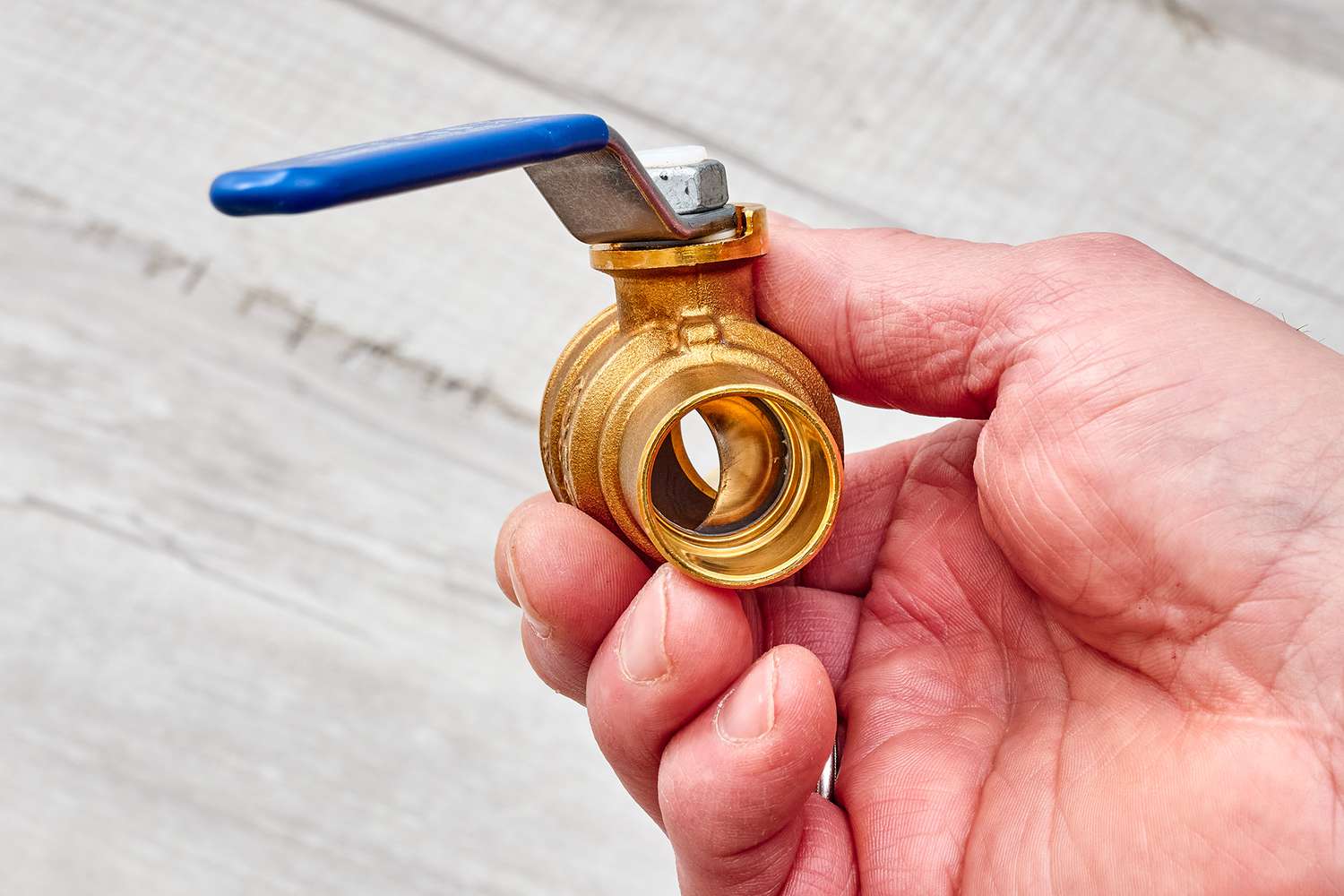
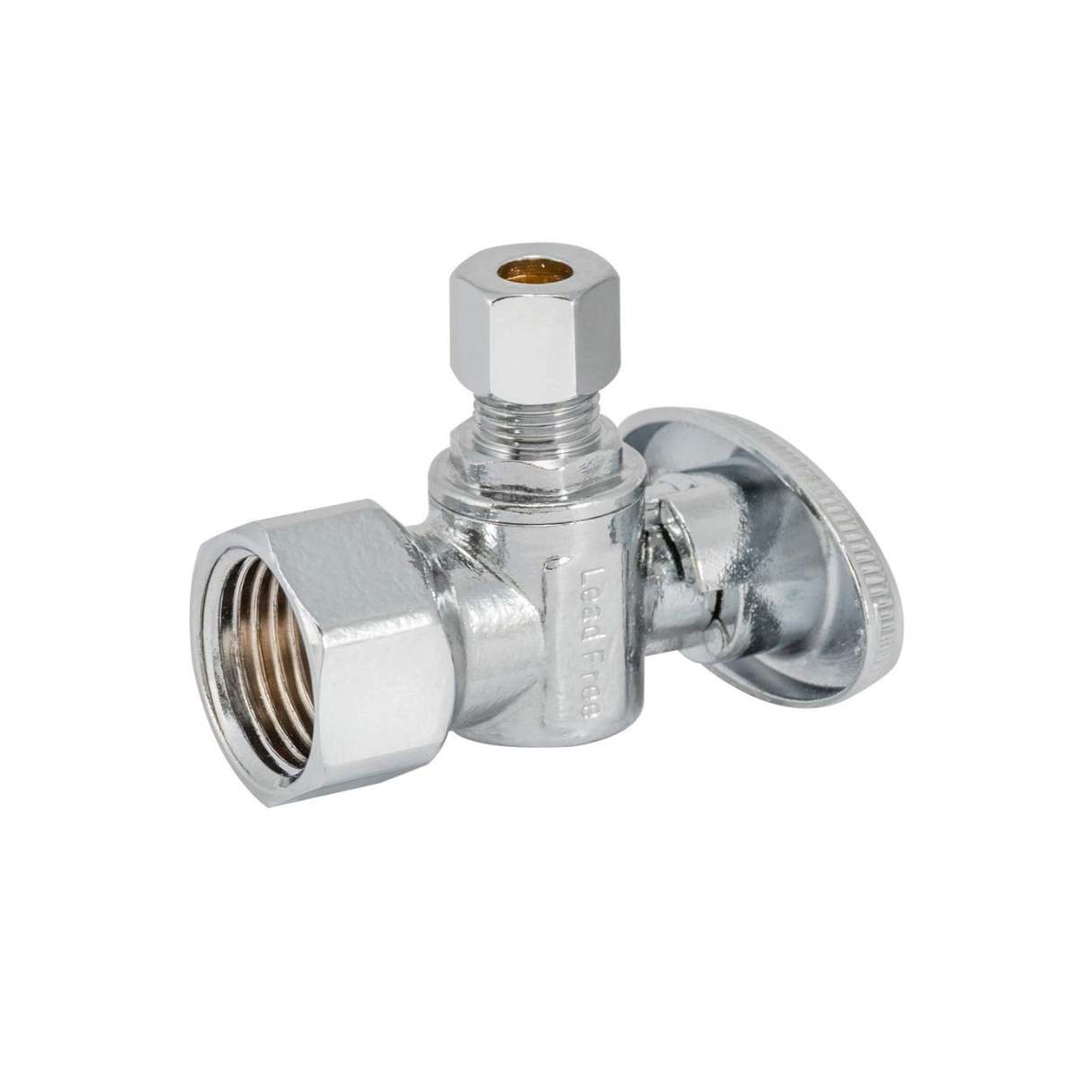
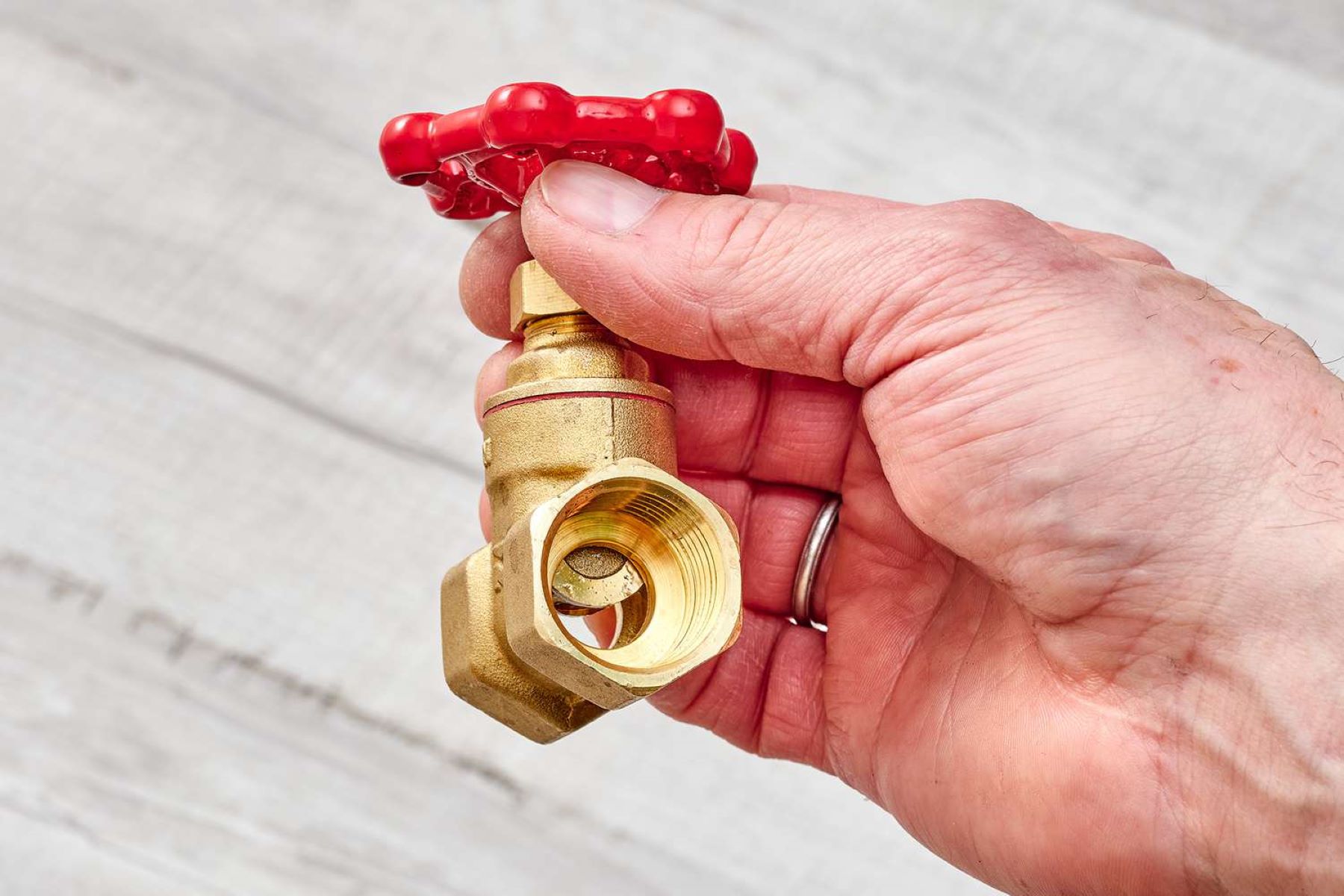
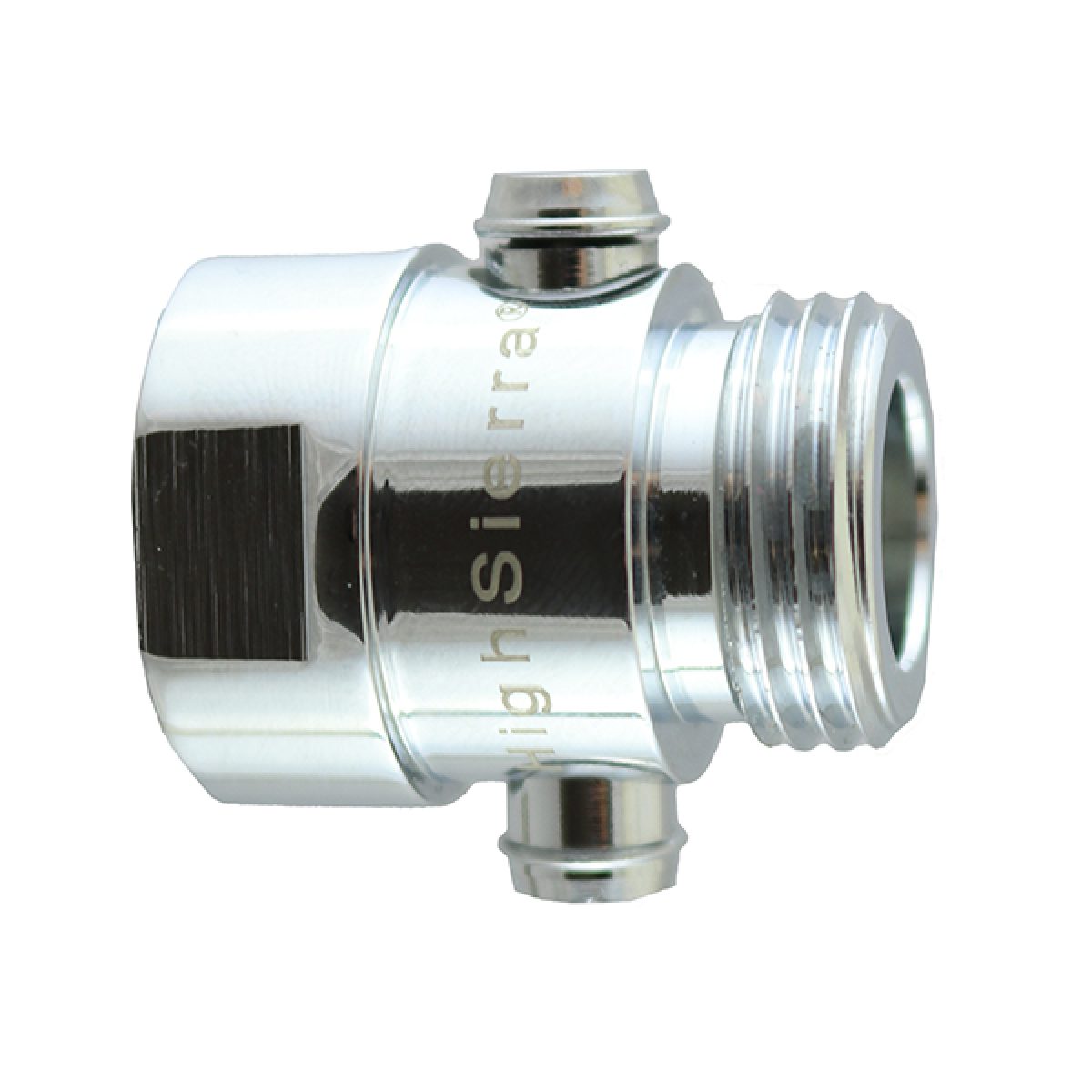
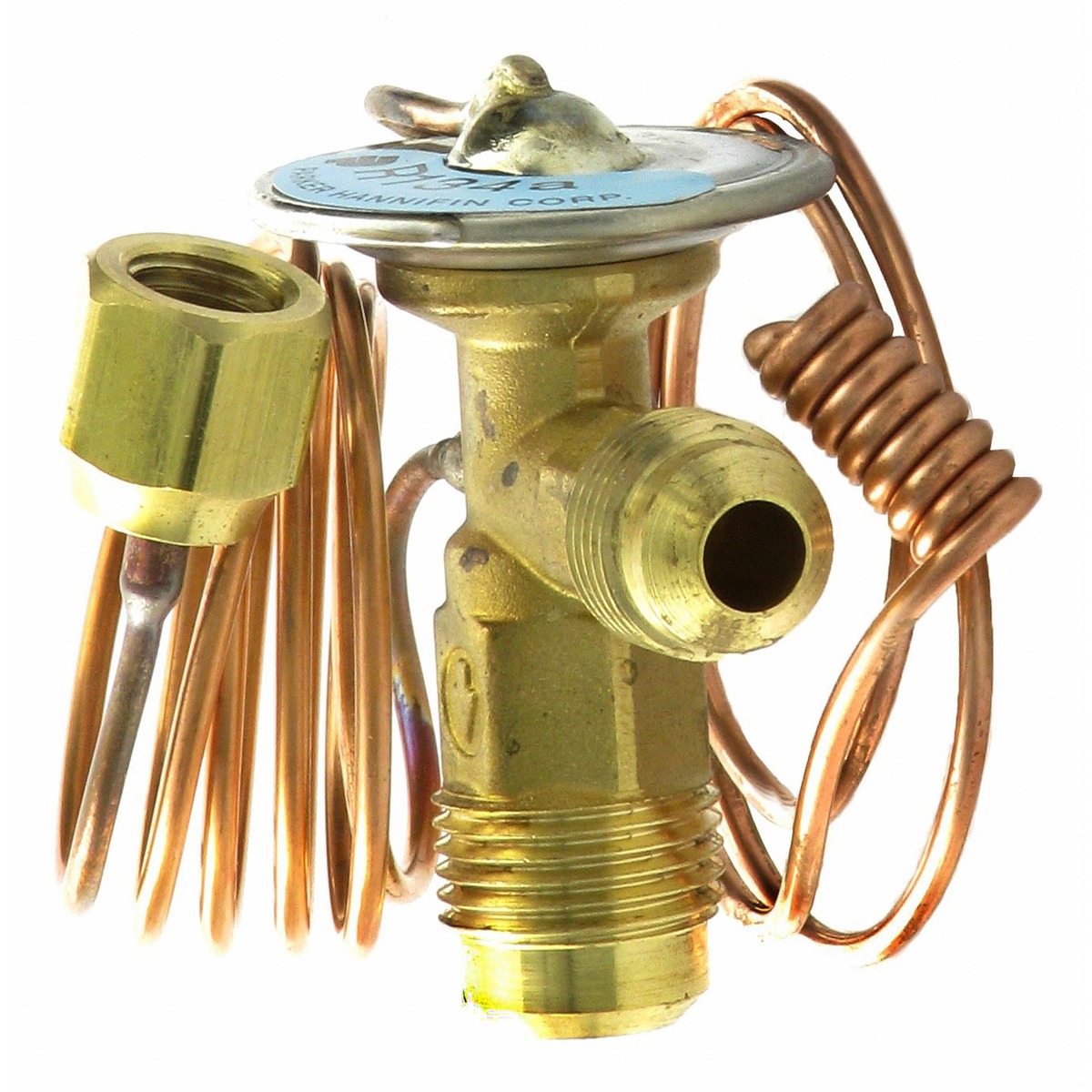
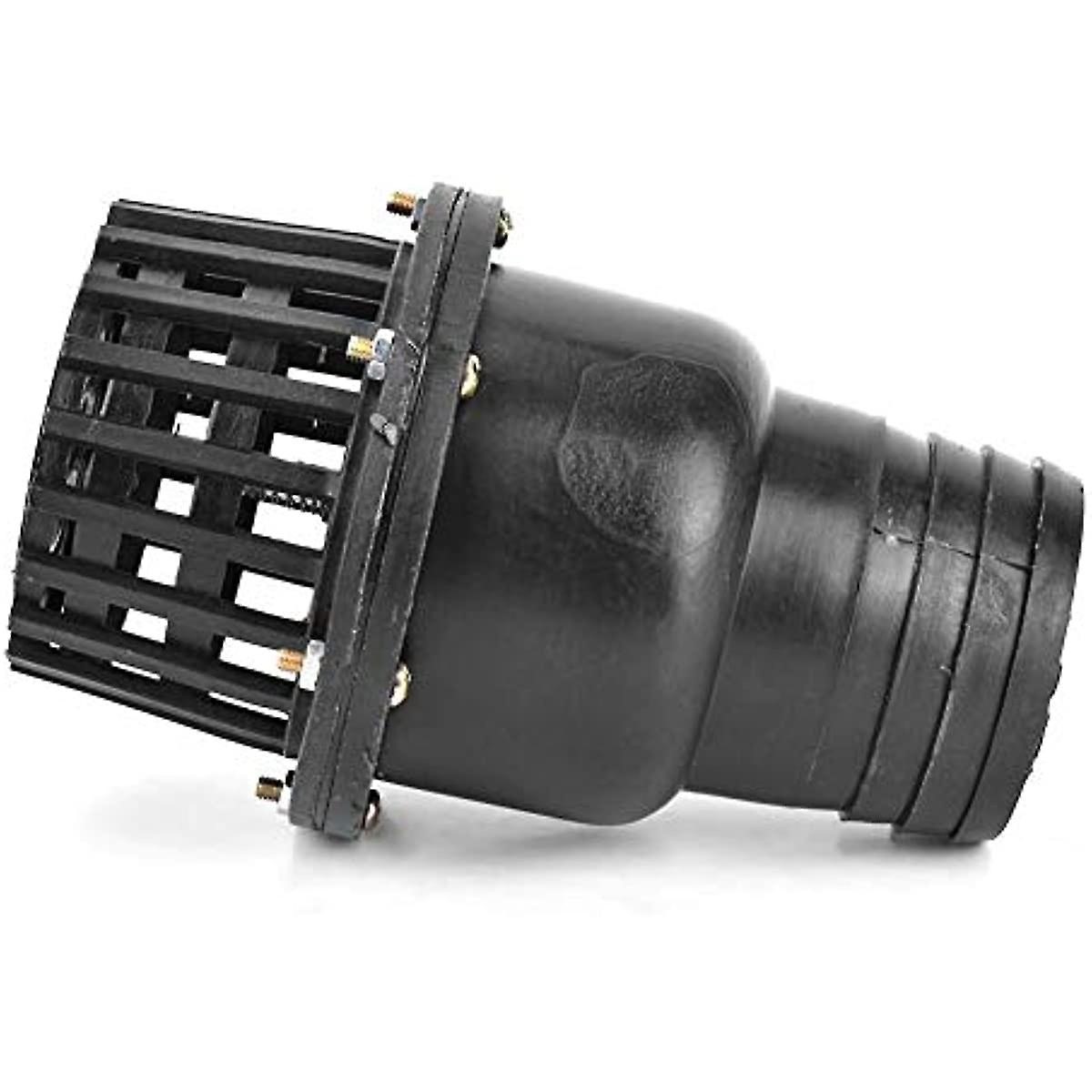
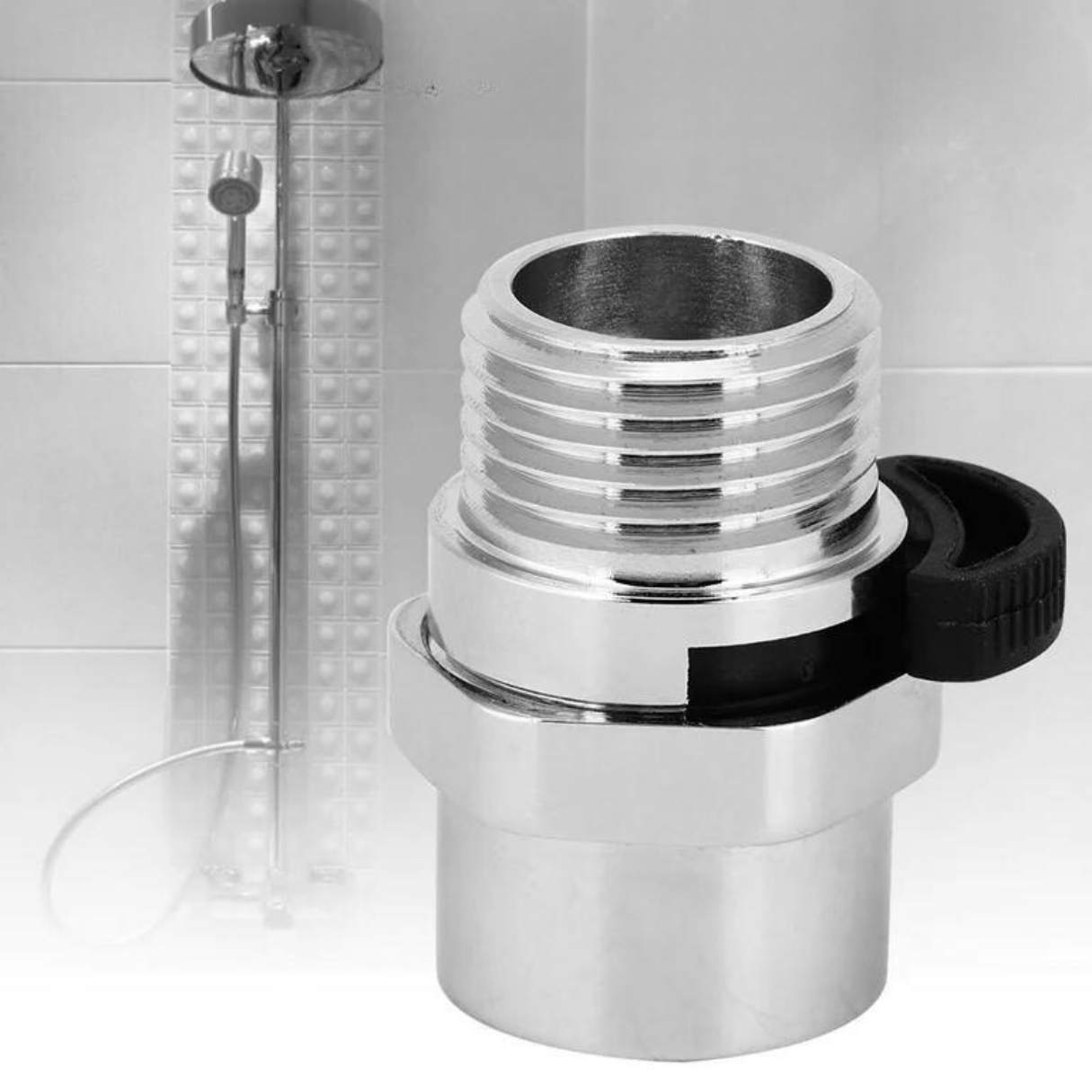
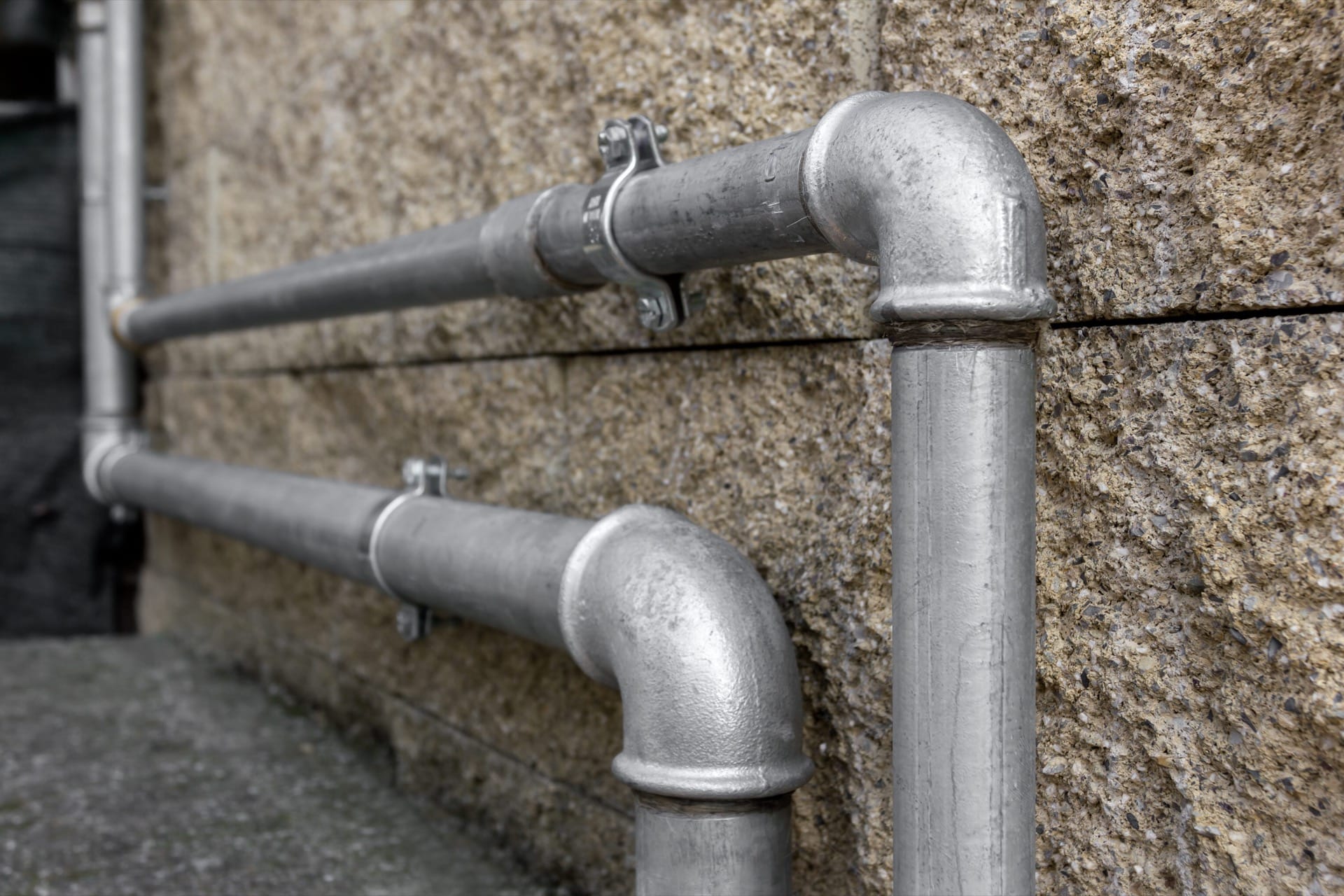
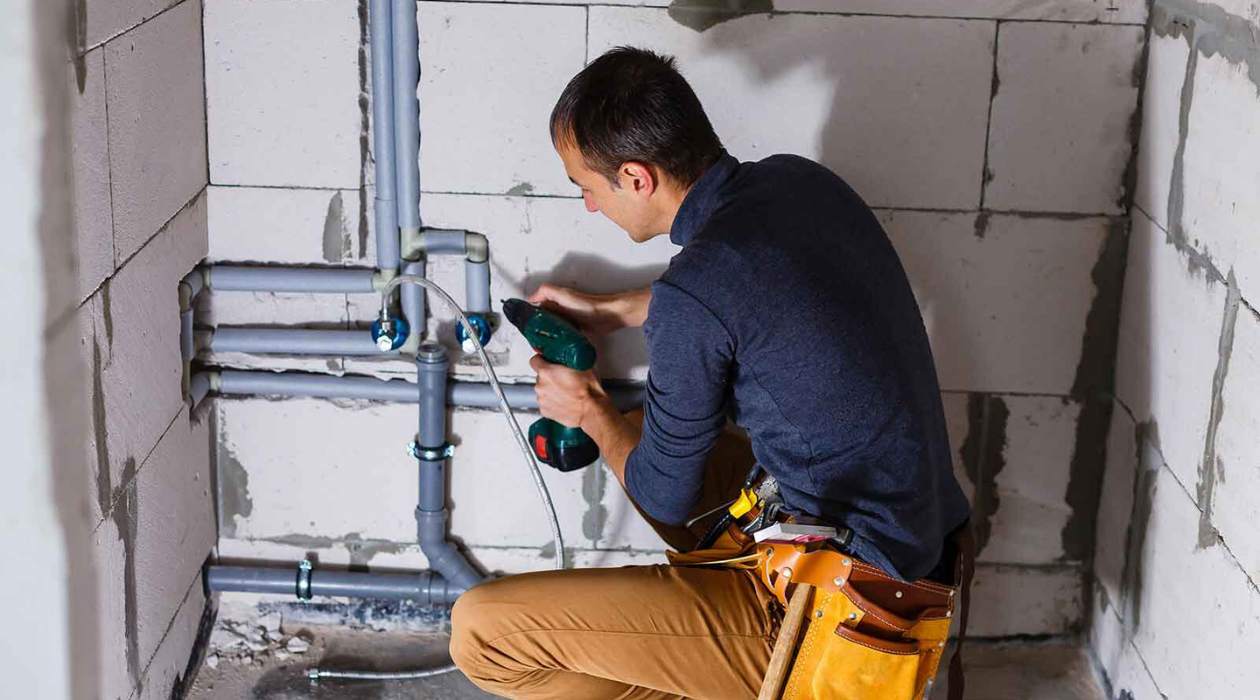
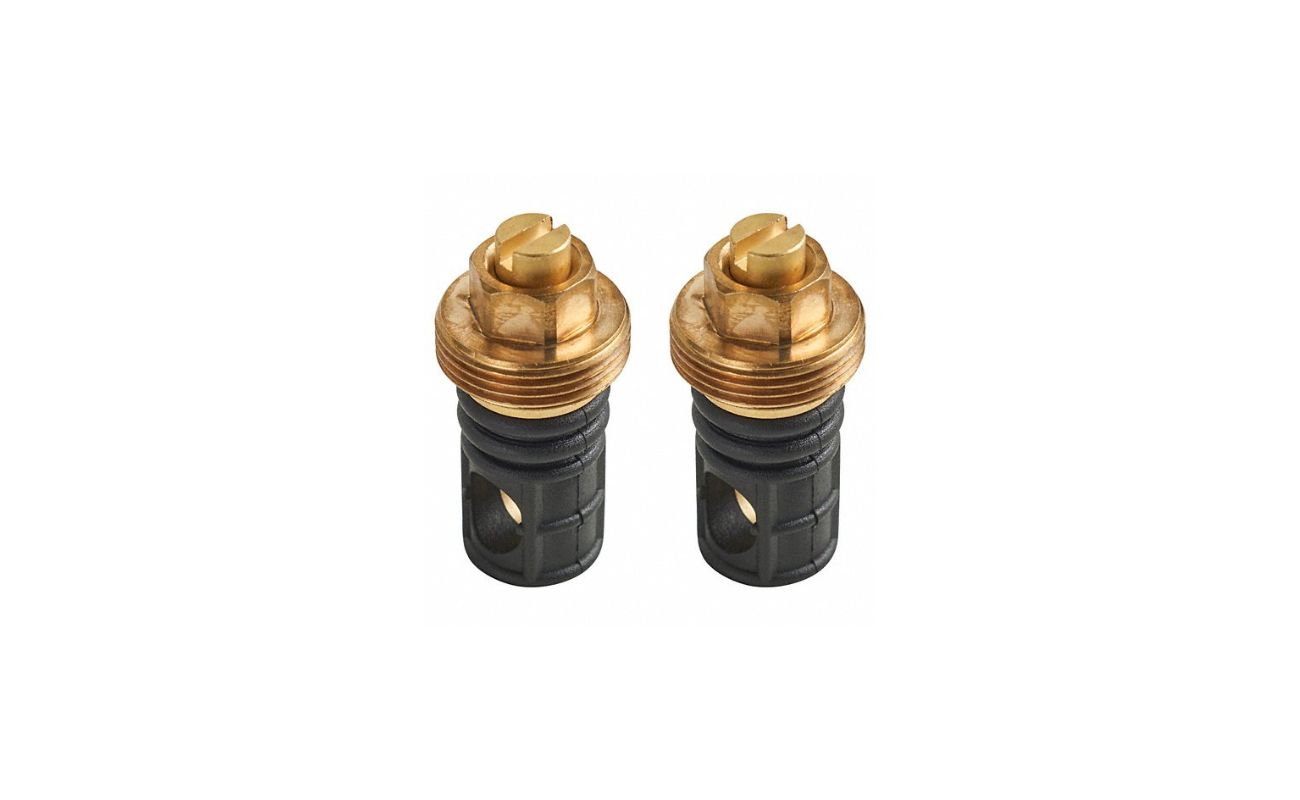

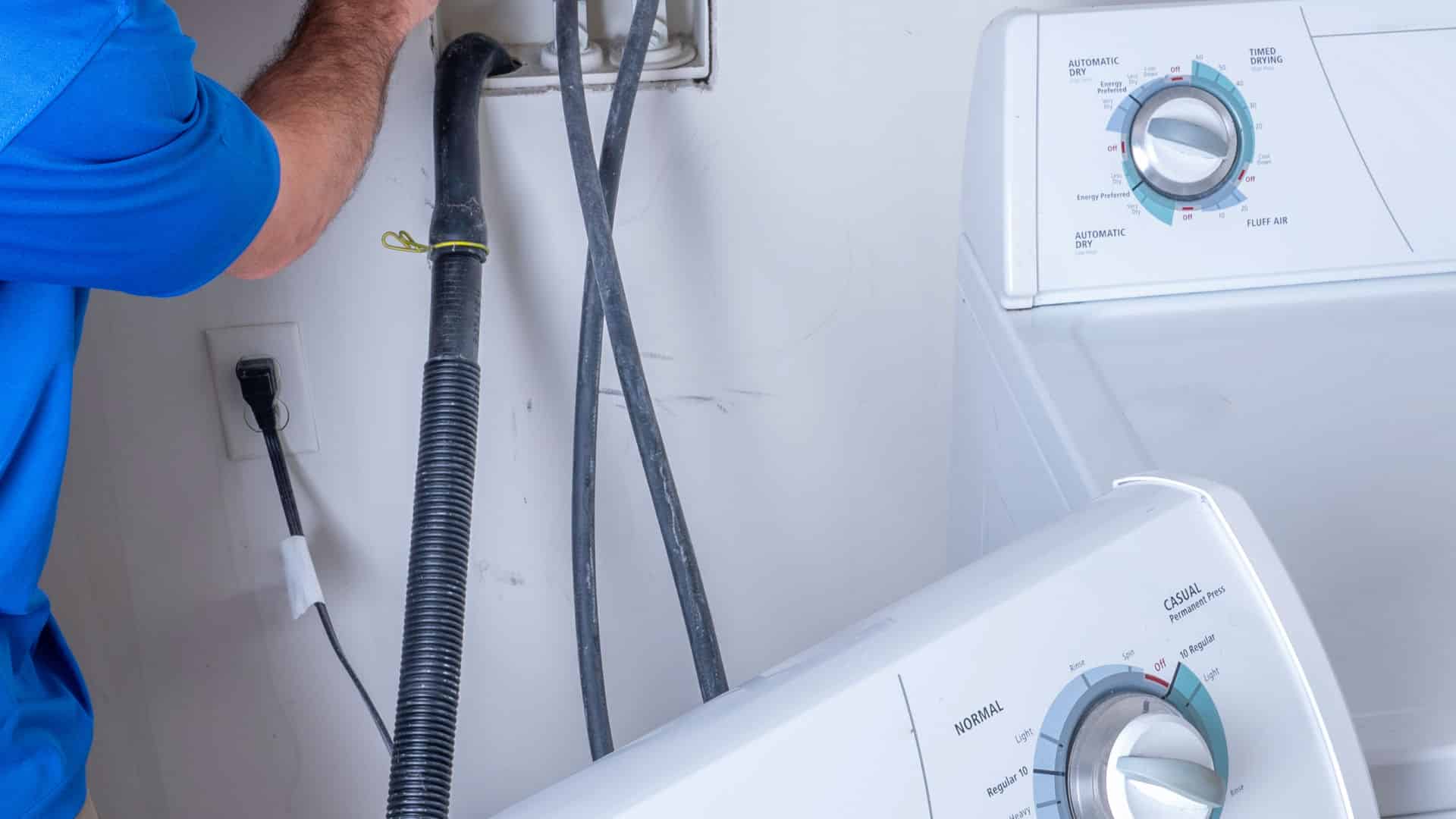
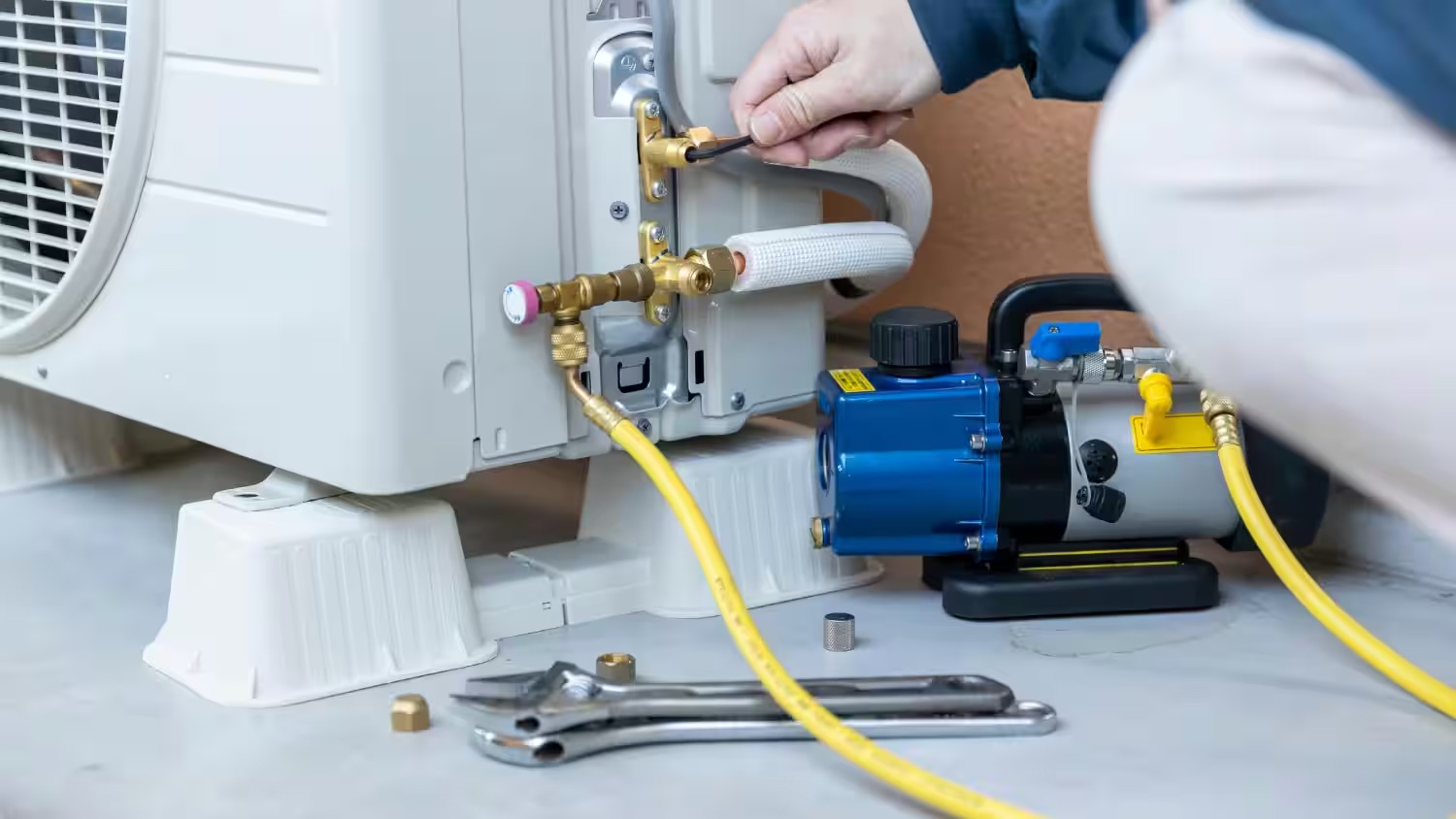

0 thoughts on “What Is A Stop Valve In Plumbing”